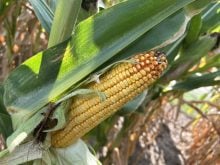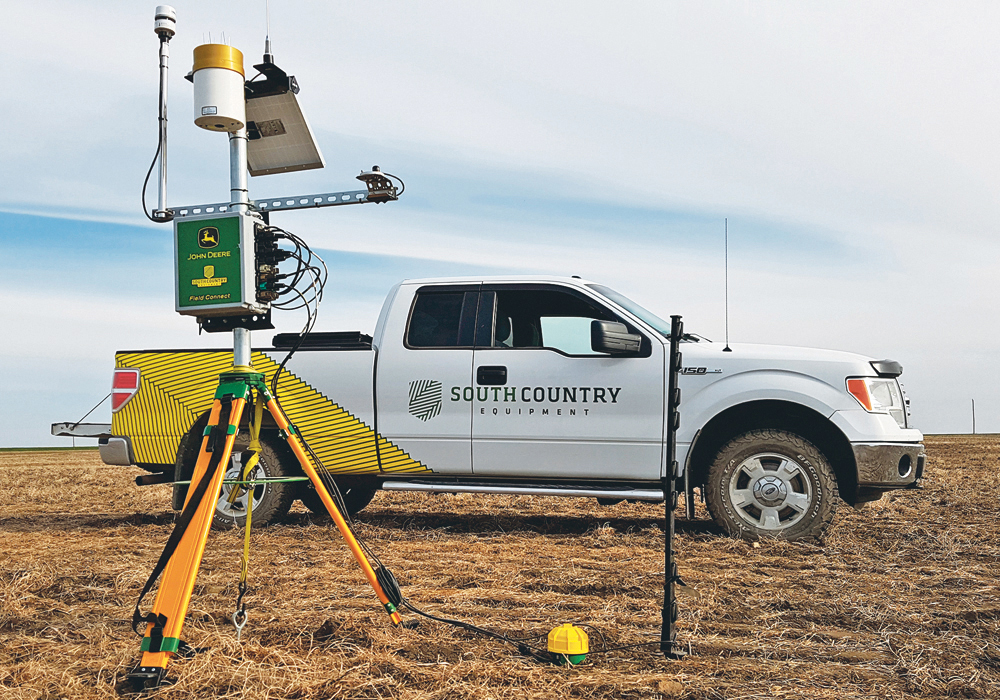Farmers of North America has unleashed its own entry in the cat-themed grassy weed herbicide market for wheat and barley growers.
Saskatoon-based FNA, which brokers deals for lower-cost imports of ag inputs on members’ behalf in the West, Ontario and Quebec, said Wednesday its product HellCat will be available for its members this spring.
FNA says the Group 1 herbicide will have “the same active ingredient as Puma.”
Bayer CropScience sells two different formulations of Puma herbicide in Canada: Puma 120 Super, at 120 grams of fenoxaprop-p-ethyl per litre, and Puma Advance, with the same active at 90 g/l.
Read Also

How much nitrogen can farmers really cut?
Manitoba fertilizer trials look for nitrification inhibitor sweet spot, to lower greenhouse gas emissions and cost without hurting yield.
FNA didn’t say in its release what HellCat’s formulation will be, but other companies’ off-patent fenoxaprops, such as Viterra’s Wildcat and Mana Canada’s Bengal, are packaged at 120 g/l.
New soybean inoculant
Novozymes BioAg has released a new two-component soybean inoculant that it says will trigger nitrogen fixation sooner and boost yields by an average of three bushels an acre.
Optimize, which is available commercially for the first time this spring, contains specific soybean rhizobia, plus lipochitooligosaccharide (LCO), a patented ingredient that gets the soybean plant producing its own nitrogen earlier.
“Basically what this does is get the nitrogen-fixing process happening a lot sooner to give the plant more time to reach its genetic potential – more vegetative growth, a better stand, better pod establishment and theoretically better yields,” said spokesman Michael Kereluik.
Optimize has a 30-day application window and is compatible with soybean seed treatments for 21 days.














